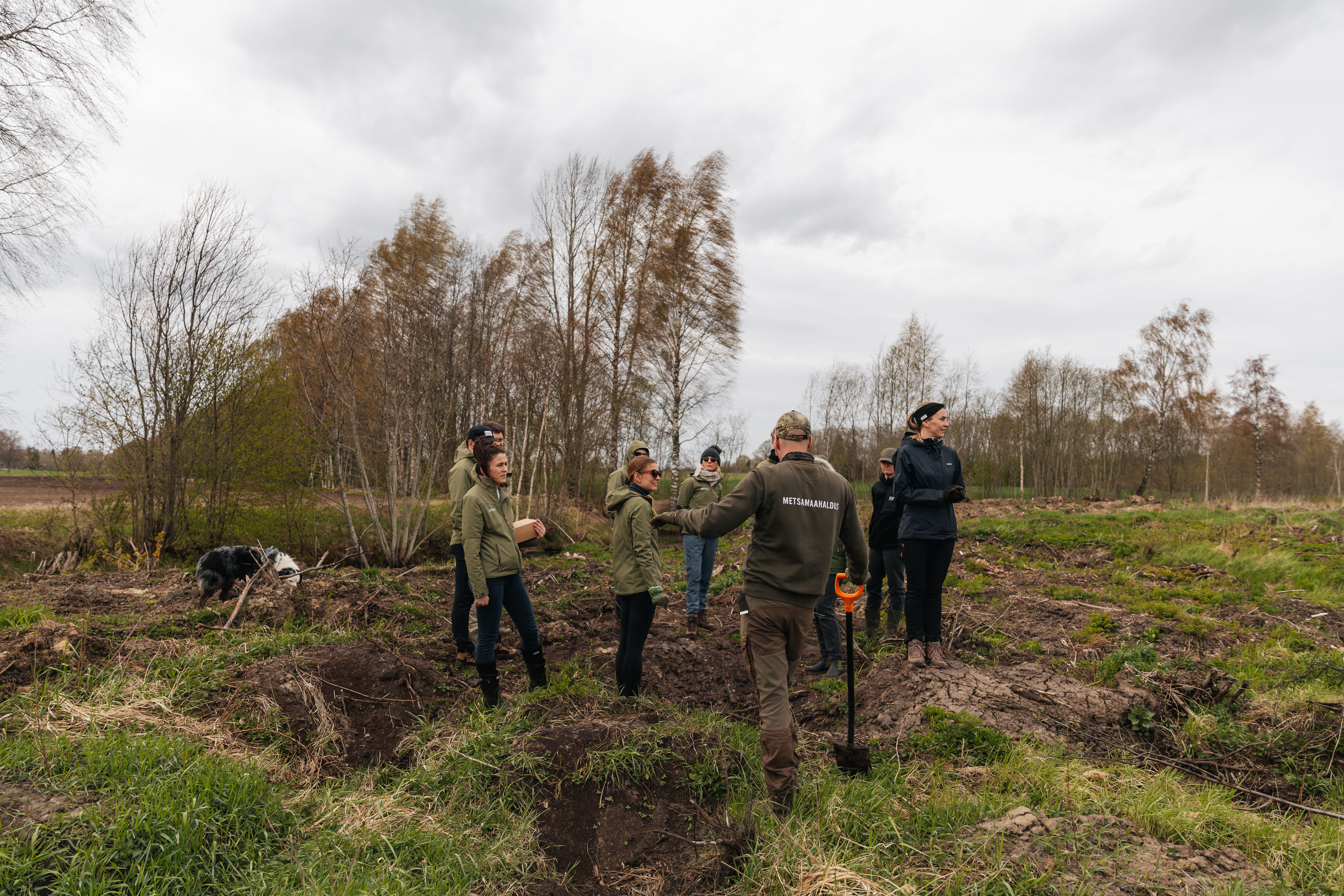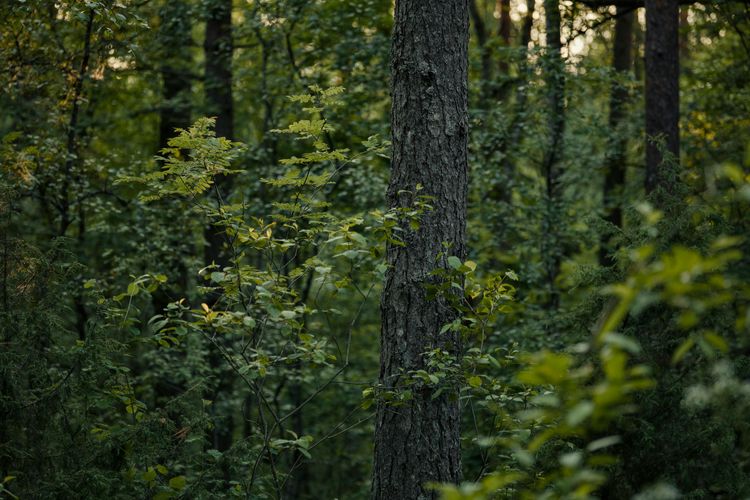Why local context matters in carbon projects
Over the past few years, I’ve had the privilege of visiting forests across the Baltics and Nordics. In every conversation, I’ve heard practical knowledge that can’t be found in charts or reports. I’ve seen that data can take us far, but it doesn’t walk the forest floor. It won’t pause to notice where alder gives way to birch, or recall which corner of a stand has always flooded in spring. I’ve learnt that it’s the combination of data and hands-on landowner knowledge that forms the foundation of high-quality forest carbon projects.
How local input strengthens our approach
Collaboration with landowners has always been central to our approach. Before launching Impact Forestry in 2024, for example, we spent six months in the field, visiting landowners and forestry professionals across our key regions. Our goal was to listen carefully and incorporate what we heard directly into the design of our product.
One example came up during the development of our growth models. Early data suggested that the growth of oak and linden plateaued around 100 years. At first, this implied that the species might be unsuitable for long-term carbon storage in our regions. But when we shared this with landowners, they immediately challenged the assumption. These species, they explained, grow well in our climate; they’ve simply been historically overharvested at an early age or replaced with commercial species, meaning they have never been allowed to reach their natural lifespan. And this is why the local National Forest Inventory (NFI) data did not accurately reflect on their natural growth potential.
That insight changed our approach. We updated our models to include both species as long-term, climate-resilient options. It was a clear example of how landowner insight leads to more accurate project design.
Why it matters
Integrating local knowledge improves the integrity of carbon projects. Forests vary significantly by region, in soil type, management history, species composition, and disturbance regimes. These factors directly influence carbon sequestration and biodiversity potential.
For example, local input can:
- Improve baseline accuracy by revealing historical land-use patterns or providing first-hand insight into drivers behind local harvesting behaviour not visible in remote datasets. For example, forest owners in our afforestation projects may clarify that clearings seen in satellite data are the result of storm damage followed by salvage logging, not planned harvesting — changing how carbon baselines are calculated.
- Refine additionality assessments by clarifying what landowners would do in the absence of a project and which incentives are needed to consider alternative management strategies. Landowners in our Impact Forestry projects may note that they already participate in FSC-certified management or national biodiversity subsidy programs. Understanding these existing incentives helps ensure carbon finance only rewards truly additional practices.
- Strengthen permanence strategies by identifying local biotic, social, or regulatory risks. Forest owners may highlight increased bark beetle damage due to hot and dry spring weather — information not visible in high-level datasets but essential for designing long-term permanence and pest mitigation strategies.
Without this input, project assumptions risk being misaligned with ground realities and undermining climate outcomes.
 Figure 1: a planting day in Estonia with one of our landowner partners, Vestman Group
Figure 1: a planting day in Estonia with one of our landowner partners, Vestman Group
Building trust and long-term commitment
By engaging landowners in the project design, we ensure that our solutions reflect the local context while also fostering a sense of co-ownership and trust. When landowners help shape the solutions, they are more likely to participate and stay engaged over time.
That said, challenges remain. One of the most significant is the 40-year commitment required for participation. From a carbon accounting perspective, long-term permanence is critical as it ensures that the carbon stored in forests is not just temporary. But for many landowners, a 40-year horizon can feel uncertain. Economic conditions, policy frameworks, and land ownership can all change.
To address this, we focus on transparency and support. We provide education on how carbon markets work, the safeguards in place to protect landowners, and how their rights and responsibilities evolve over time. In many cases, we also build in flexibility before the first credits are issued, giving landowners space to evaluate the project’s fit before making a longer-term commitment. This early-stage support helps reduce barriers to entry and builds confidence in the model.
Looking ahead
As methodologies evolve, there is growing emphasis on integrity, transparency, and long-term impact. That includes stricter requirements for additionality, more robust risk buffers, and clearer evidence of stakeholder engagement. Local knowledge plays a critical role across all of these dimensions.
Ultimately, credible forest carbon projects require both robust project design and a deep understanding of the landscapes they operate in and the people who manage them. Neither works in isolation, and it’s the integration of the two that ensures carbon projects are both technically valid and effective in practice.


